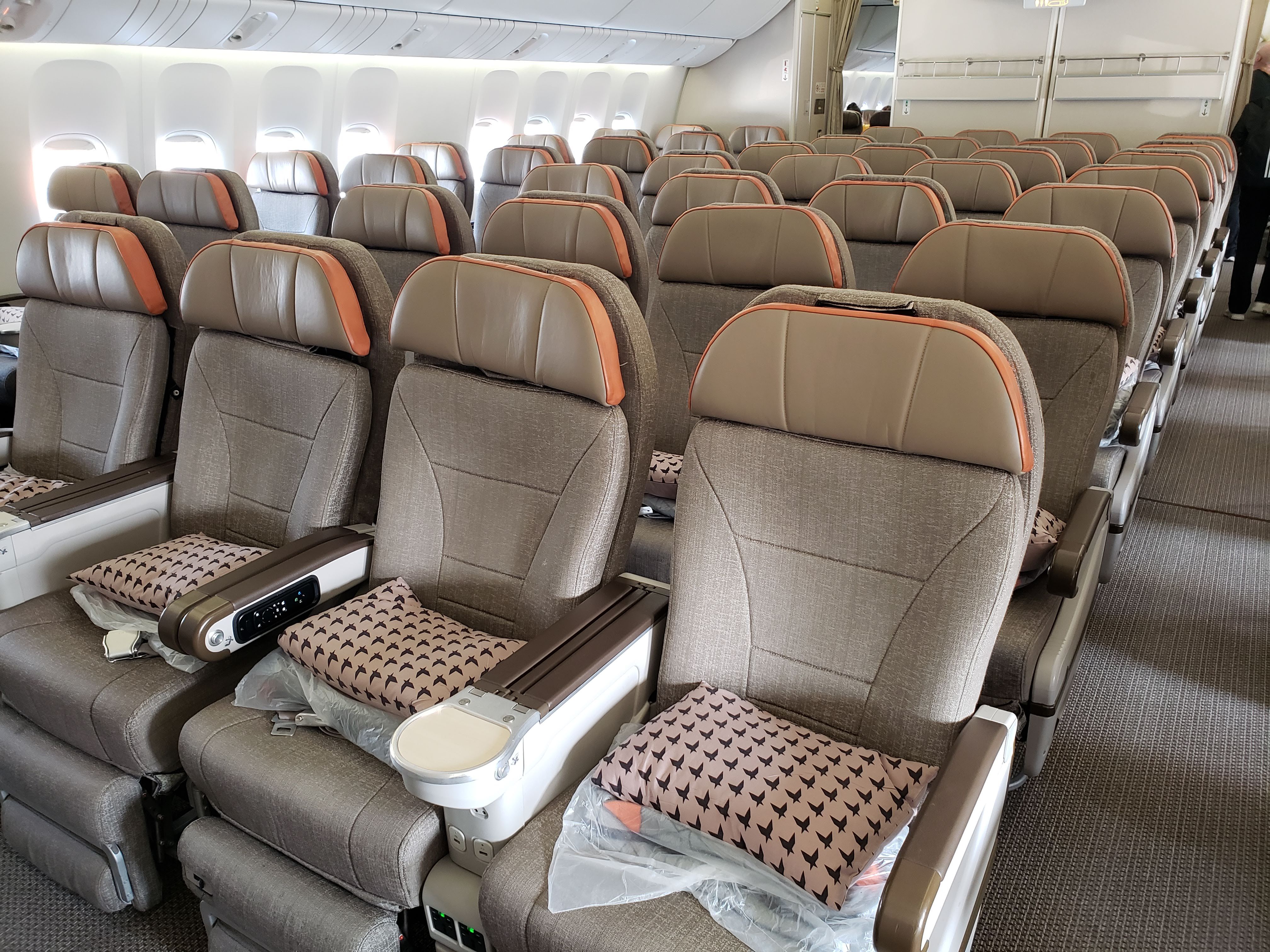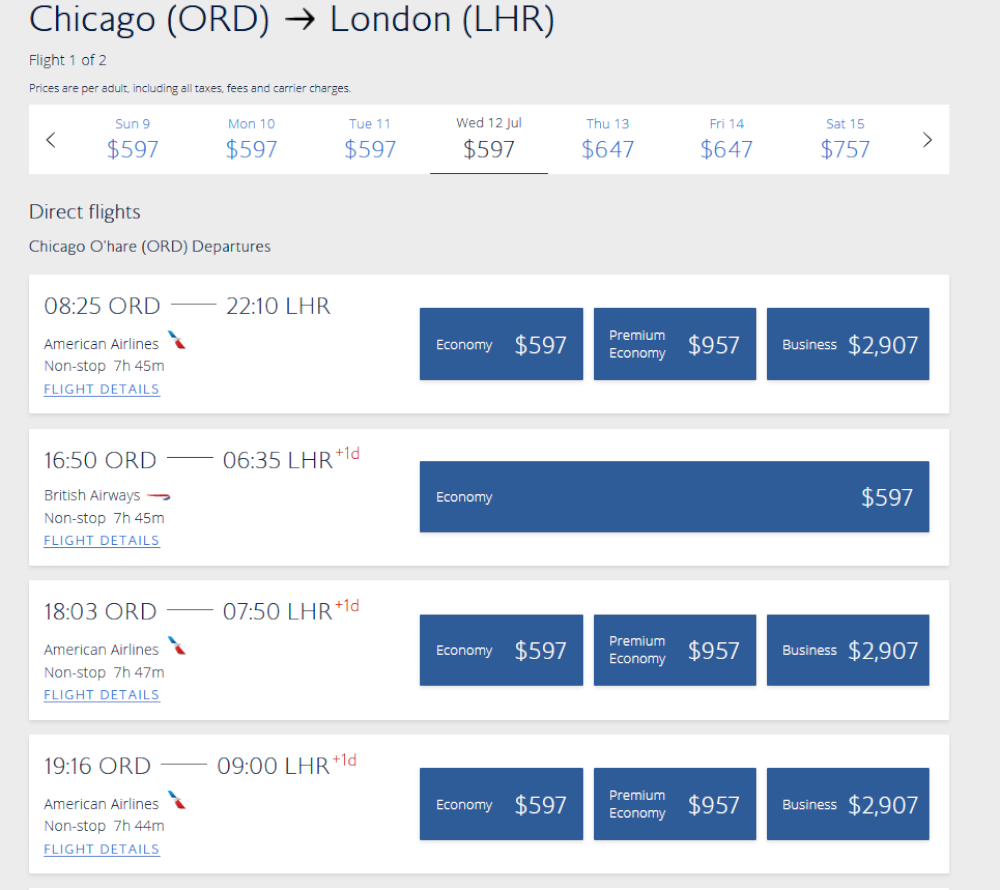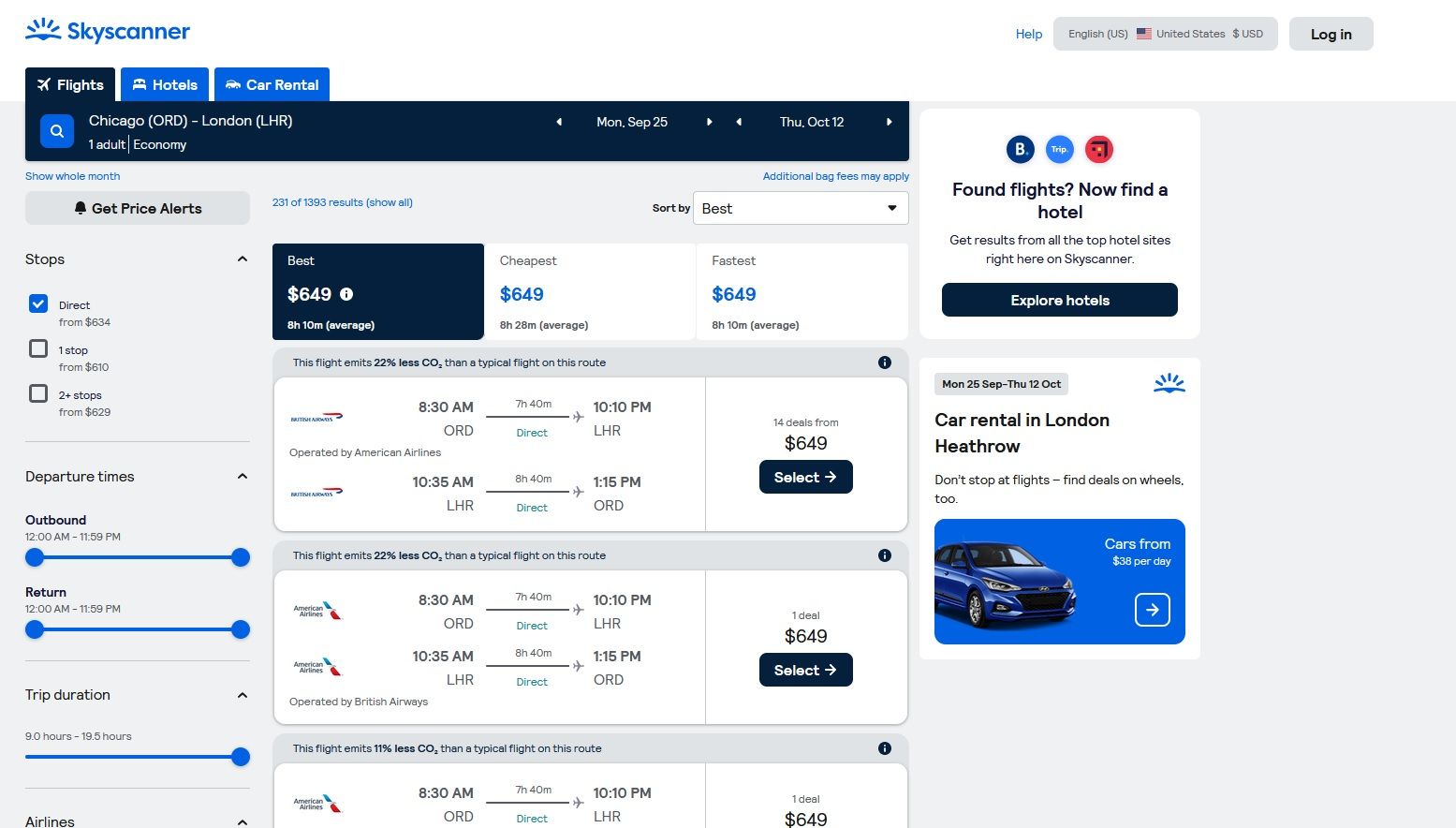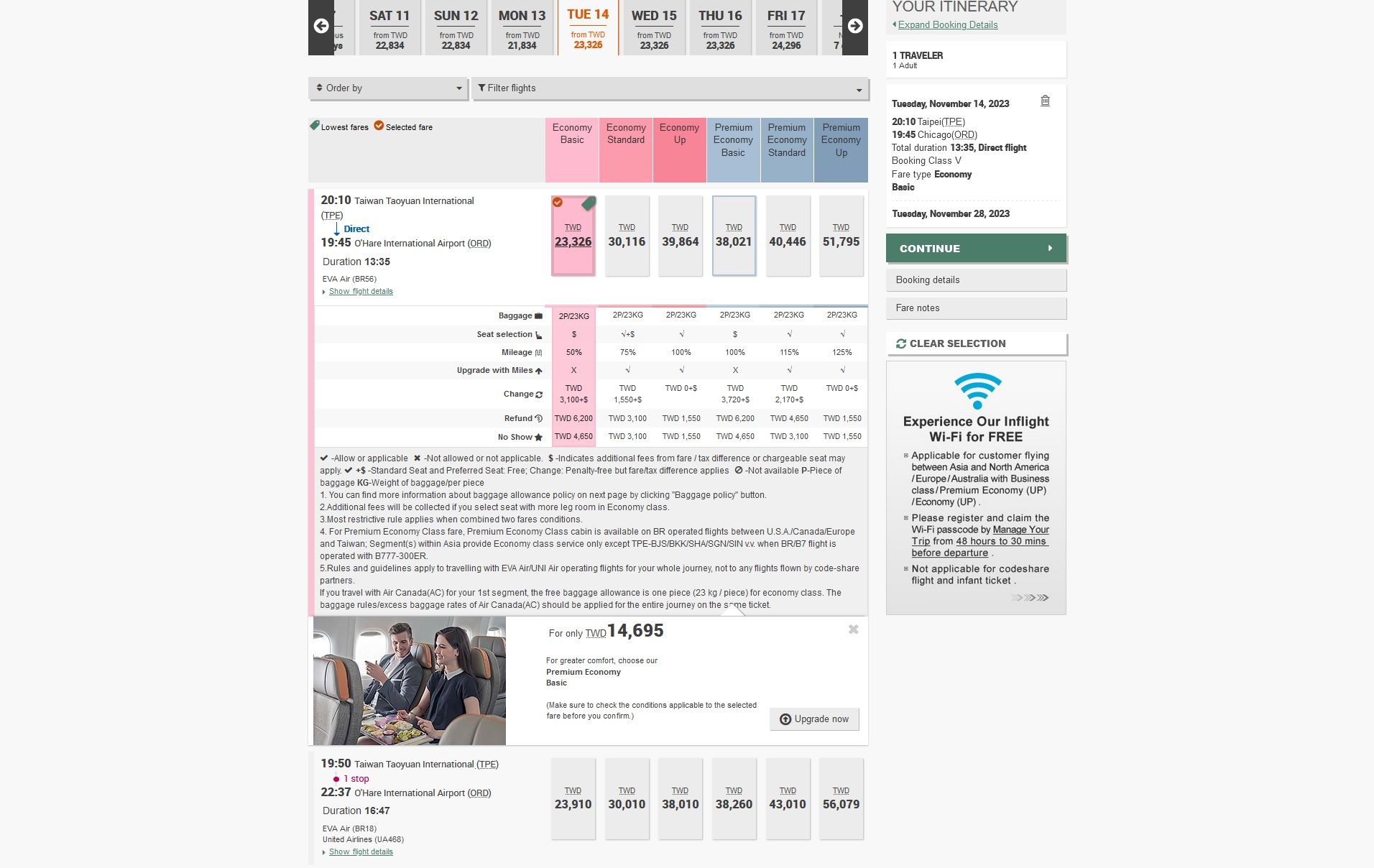Simple Flying recently had an opportunity to talk with ATPCO, the Airline Tariff Publishing Company, a private travel and tech industry player that broadly engages with airline retail data. Every year they conduct surveys with the flying public to gather information on how people search for and purchase tickets, including what they look for during the shopping experience.
After parsing through all the data, ATPCO has produced a mix of unsurprising and rather shocking results, such as:
- 80% of consumers compare prices from multiple sites when booking.
- 83% of consumers want to see aircraft and amenity images that feature passengers.
- Over 67% of survey takers responded that they would spend up to 33% more on a given flight paired with visual content rather than a cheaper flight with no visual content.
- 70% would upgrade from a basic economy fare if they were able to see what the upgrade entailed visually.
Anyone who has worked in marketing knows that content is king, and equally important today more than ever is how much information a company can provide in a photo or video format. “eTailers” such as Amazon, Lazada, Shopee, and the like, all facilitate a user experience with visual content alongside the key product points so consumers see everything they need.
Purchasing a flight means a much different experience
Typically, when searching for a flight through agencies like Skyscanner, Google Flights, or even directly with most carriers, users are presented with a very info-heavy text-based experience, including different potential routes (non-stop or connecting), airfare prices, and other essential points.
But this grid pattern is rather outdated, and data shows that airlines and online travel agencies could earn more just by switching up the way they do content on their domain rather than social media only.
As Alex Snape, Senior Content Strategist at ATPCO, said,
“Airlines must do more than describe what the onboard experience will be like—it’s about defining it. Of the respondents, 83% said they prefer to see images of the aircraft and amenities that feature real people and passengers. Incorporating these elements in marketing or aircraft photos will add further value to the flight shopping experience.”
According to a related study done by Datalex, only 11% of users thought airlines provided a better experience than other online flight shopping options. Comparatively, 24% of airlines thought they were ahead of online retailers; while this shows the discrepancy between company and consumer, both are extremely low.
Get the latest aviation news straight to your inbox. Sign up for our newsletters today.
An overhauled content solution could create a win-win situation
Airlines may be weary of going too picture-heavy since seats and legroom can be cramped, especially for economy. But based on all of APTCO’s findings, the truth is that if airlines can find a way to get nice pictures with their cabins filled and use those images to create a more user-friendly shopping experience, they can expect more customers and more revenue.
Even more interesting, perhaps, is that, by capturing the right images in the eyes of a consumer, as many as 70% of flyers would heavily consider purchasing an upgrade or higher fare seat. This could be a game changer for many legacy or full-service carriers who make significant revenue by selling premium economy and business class seats. Snape continues,
“It’s time for airlines to take the first step into unlocking true modern airline retailing for their customers. A visual experience is what they are demanding, so having no visuals means losing revenue.“
Fortunately, airlines wouldn’t even have to fully invest in a new site to test the waters. Many enterprise content management systems allow for “A/B” testing, where you set a percentage of users randomly (or based on specific trackable characteristics) to receive different interfaces through the same domain. Companies can get real-time information about which interface is performing better to help make data-driven choices, creating a win-win situation where consumers get a better experience and a company (or, in this case, an airline) enjoys better sales.
What do you make of this data? What would you like to see airlines doing better regarding their marketing activities? Let us know in the comments below.
Source: ATPCO




